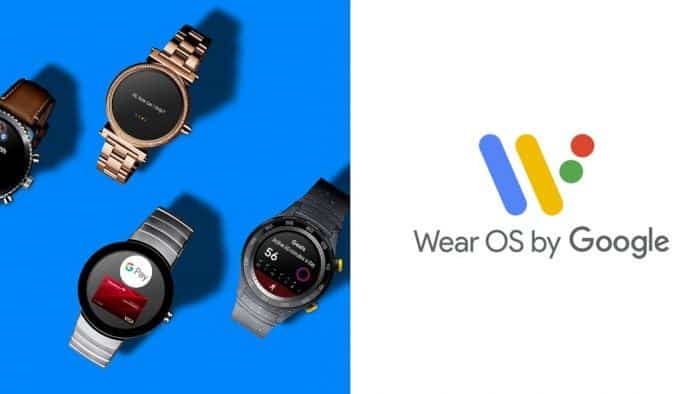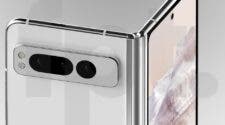Google’s WearOS is finally catching up with the competition after many years. The platform struggled to be a worthy competitor to Apple’s WatchOS or Samsung’s Tizen OS. After buying FitBit back in last year, we expected Google to add Health and Fitness related features into WearOS eventually. Now, the search giant is asking for feedback via a Google User Experience research program on possible new features for future versions of WearOS.
The survey asks participants on various health tracking features such as sleep metrics to SP02 tracking to automatic detection of a variety of categories to pairing with medical equipment. Worth noting that this isn’t a confirmation of Google’s intentions of adding these features into the next WearOS version. However, the very fact that Google is taking such an interest is pretty good. Nowadays, most of the smartwatches are mainly used as fitness trackers. It would be pretty awesome for WearOS to include these features natively.

Gizchina News of the week
Some of the many questions asked in the survey are:
-
SPO2 Tracking: Keeps track of the level of oxygenation in the blood and alerts if levels fall below normal levels
-
Smart Alarms: Wakes you up in the morning at the appropriate time in your sleep cycle so you feel more rested
-
Sleep Apnea Detection: Monitors and detects symptoms of sleep breathing abnormalities and sends out alerts and advice
-
Sleep Analysis: Analysis of sleep quality, and reasons for not sleeping well, and advice on improving sleep patterns
-
Heartbeat Alerts: Monitors heartbeat and sends alerts if an irregular heartbeat is detected
-
Automatic Workout Detection: Your smartwatch would automatically be able to detect when you start a workout and prompt you to start logging the activity
-
Rep Detection: Automatic detection for several reps for activities (e.g. push-ups, squats, etc.)
-
Activity Logging: Ability to manually track and edit different types of workouts and activities
-
Recovery Time: Tracks the time needed between workouts to make sure that you are fully recovered
-
Stress Tracking: Automatically monitors your level of stress to help you build better awareness to manage stress
-
Medical Device Pairing: Pair watch with medical devices (e.g. blood sugar, blood pressure monitors) so that readings can be synchronized and accessed on the watch
-
Gym Equipment Pairing: Pair watch to compatible gym equipment for more accurate tracking of your activities
-
Indoor Air Quality: Monitors the air quality of an indoor environment
-
Activity/Vitals Tracking: Automatically monitor and capture metrics for basic vitals and activities
-
Share Vitals: Automatically share your heart rate and vitals with emergency services if you’ve been in an accident
-
Micro-logging: Quick and easy way to manually log how you are feeling and what you are doing
-
Water-Intake Tracking: Automatically tracks the number of glasses of water you drink with reminders over the day to make sure that you are well hydrated
-
Food & Calorie Tracking: Manually track food and calorie intake over a day
-
Flights of Stairs: Automatically keep track of the number of flights of stairs that you climb
-
Breathing Exercises: Guided breathing exercises and reminders to help you relax and practice mindfulness
-
Compass: Built-in compass to help you find your direction while hiking or driving
-
Elevation Tracking: Keep track of climbing, descending and changes in altitude during workouts
-
Cycle Tracking: Automatically keep track of your cycle and fertility
Let’s see if these features will eventually make way to the WearOS platform. We have Google’s I/O event in just a few months now. There, we will know more about the future of the company’s operating systems.





